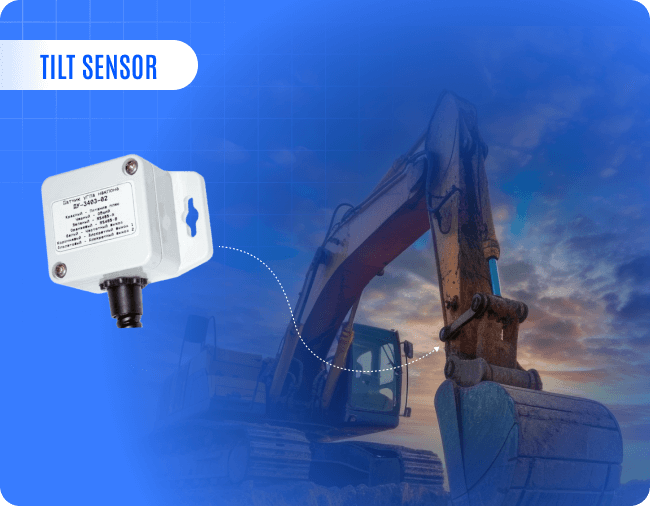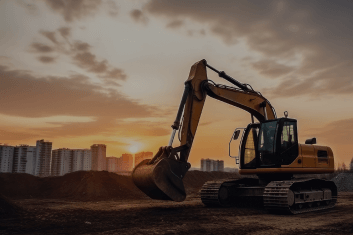Monitor Equipment Angles and Movements with Precision. Detect unsafe tilts, prevent tipping incidents, and improve safety in real-time. For stability-critical assets like cranes, containers, and heavy-duty vehicles.
Tilt Sensor
Monitor Equipment Angles and Movements with Precision. Detect unsafe tilts, prevent tipping incidents, and improve safety in real-time. For stability-critical assets like cranes, containers, and heavy-duty vehicles.









